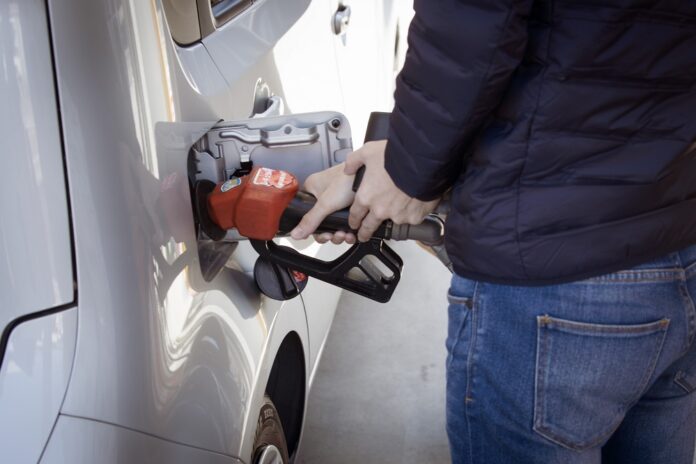Following Russia’s full-scale invasion of Ukraine, to secure its gas supply and boost import capacity, European nations have invested in building out the infrastructure of their LNG terminals.
Before LNG is delivered to the gas grid, it can be received, stored, and regasified at these terminals. To handle greater volumes of LNG, new terminals have been built and existing ones have been expanded.
One of such terminals is Germany’s first floating gas terminal at the Wilhelmshaven port. As the Financial Times reports, the terminal “receives natural gas cooled to its liquid form, regasifies it, and then sends it into mainland Europe’s sprawling network of gas pipelines.” Ever since Russia began reducing pipeline supplies, Europe has reportedly planned to build 17 additional terminals.
Furthermore, the continent’s stance on LNG has been significantly shaped by its dedication to environmental sustainability. European policymakers have emphasized the significance of moving toward cleaner energy sources in line with climate goals, even as they acknowledge LNG’s role as a transitional fuel. As a result, LNG is now seen as an essential part of Europe’s larger plan for energy transition.
Most experts agree that floating LNG terminals helped Europe avoid the energy crisis; however, now it appears that such terminals might play a role in boosting Europe’s hydrogen market. Bloomberg wrote that Norway’s “Hoegh LNG Holdings Ltd., a provider of floating storage and regasification units for liquefied natural gas, is working on a hybrid ship that can deliver gas and hydrogen in parallel.” A company plans to have such ships in operation by 2028.
“The concept of hydrogen as a renewable energy source has been around for years, but only within the past decade has the idea of its potential to replace fossil fuels to power heavy industry taken off, leading to increased investment and advances in the technology,” the New York Times wrote. However, due to the high cost, buyers have been hesitant to commit.
Overall, by diversifying its supply sources, building out its infrastructure, encouraging a more flexible market, and integrating LNG into its energy transition plan, Europe has used LNG to address its gas problem.



